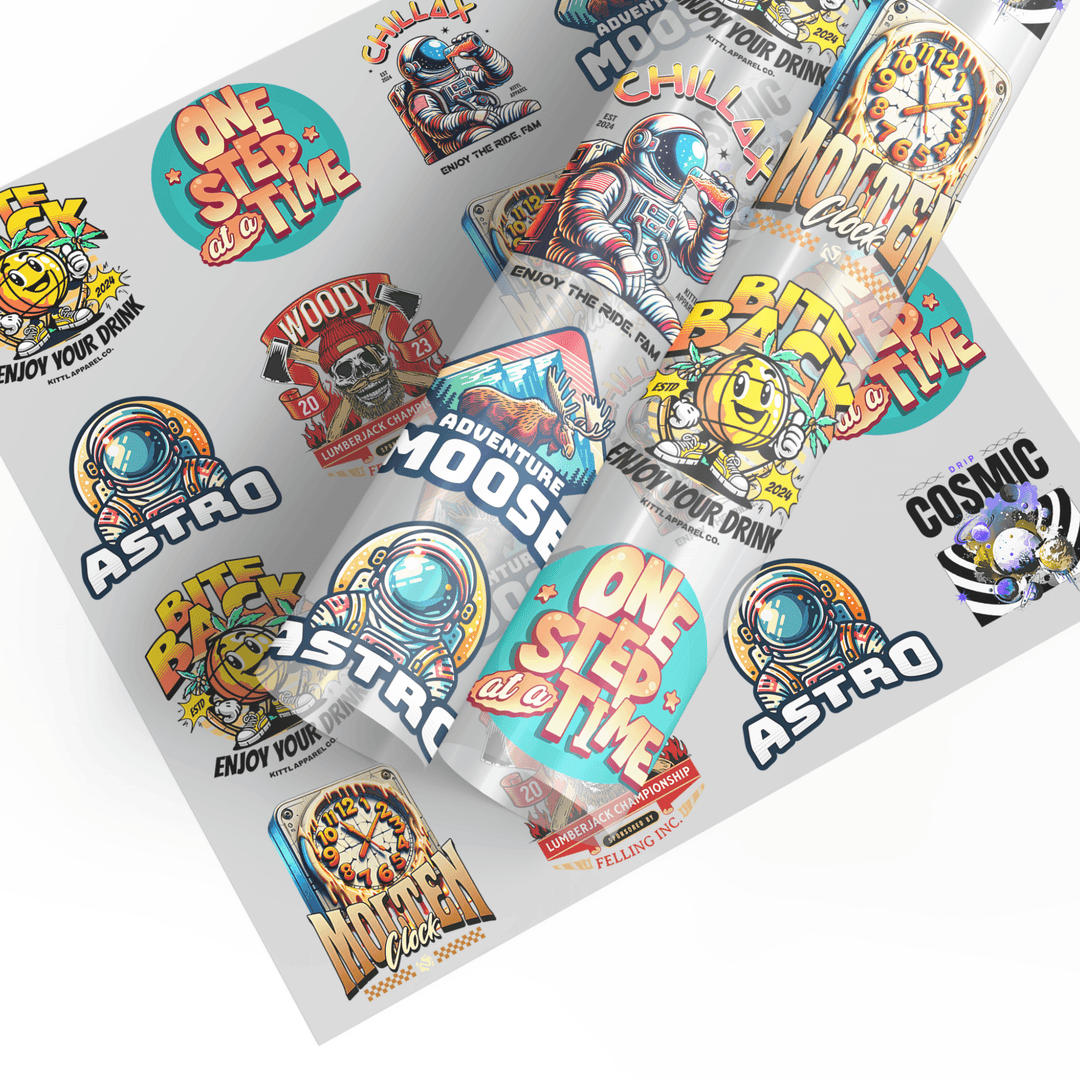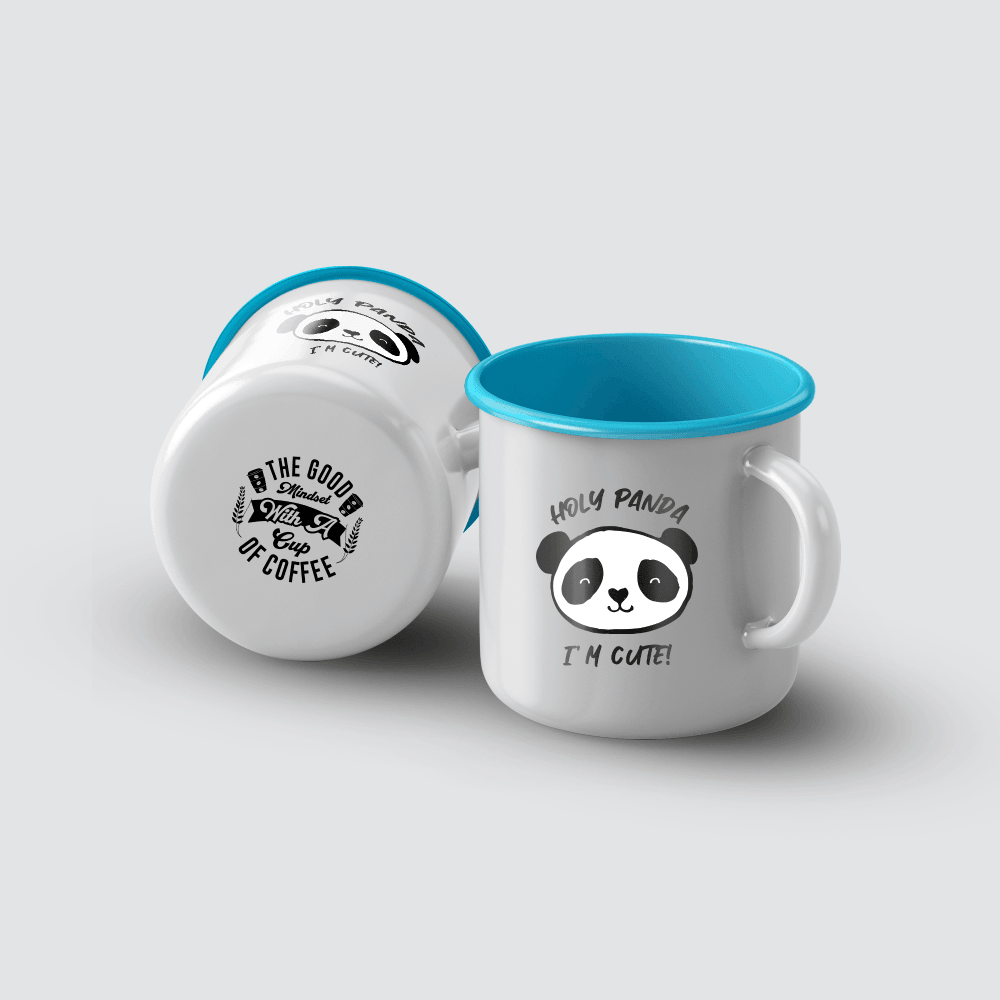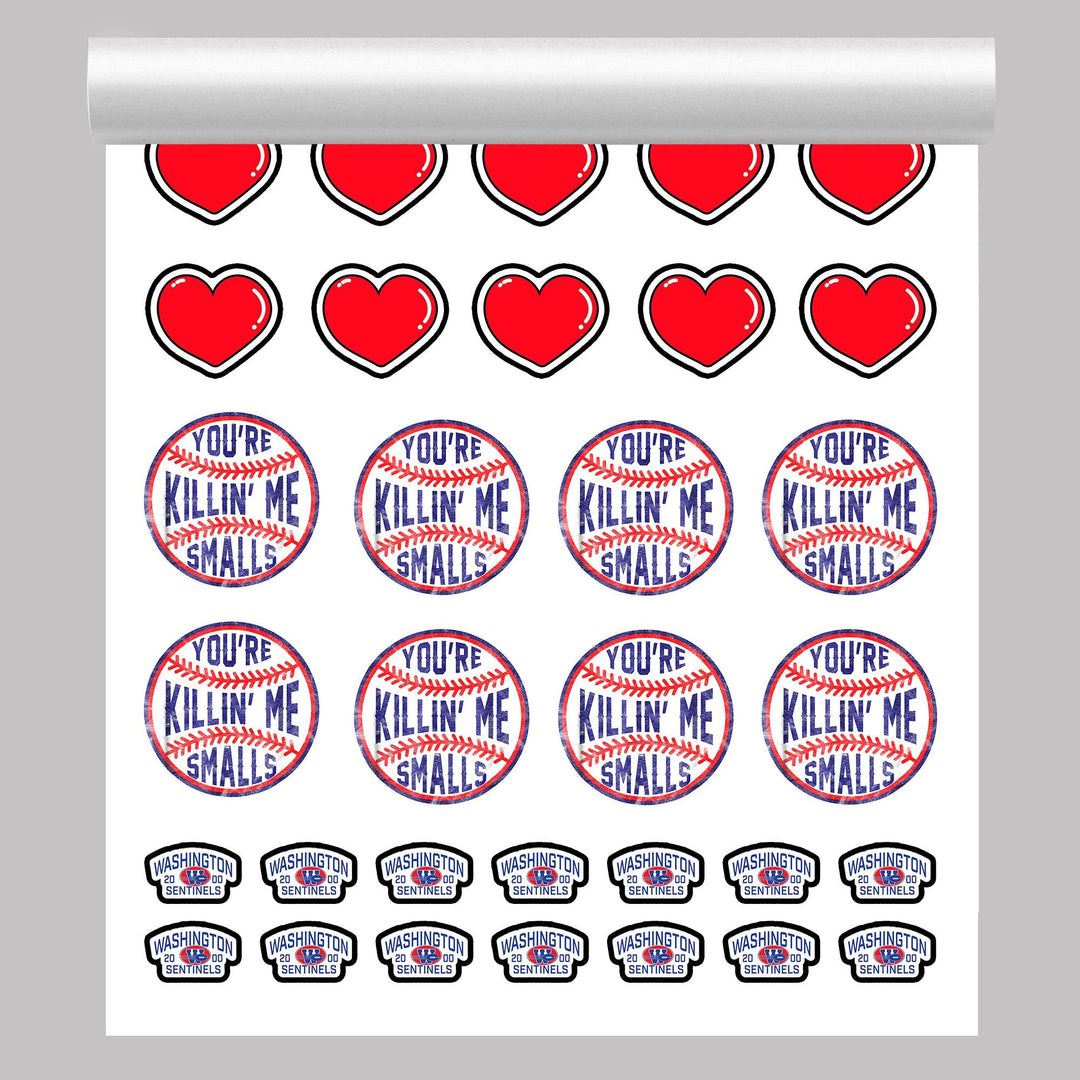DTF Transfers For Shirts: The Perfect Choice for Custom Apparel 👕
DTF Transfers For Shirts this innovative printing method has transformed the way custom shirt designs are made. It delivers vivid colors, sharp details, and impressive durability. Whether you run a clothing brand, design for clients, or create one-of-a-kind gifts, it offers professional quality without a complicated process.
With the right approach, any idea can be brought to life. From minimalist text-based designs to complex, colorful graphics, the results remain crisp and vibrant every time. The method is flexible enough to work with both simple and intricate styles, making it a great choice for creators of all kinds.
What Are DTF Transfers For Shirts?
DTF means “Direct to Film.” The process begins by printing a design onto a special transfer film. Then, using heat and pressure, the design bonds securely to the fabric. This technique allows the ink to adhere strongly, producing long-lasting prints.
The method works on cotton, polyester, and blended fabrics. The final result is resistant to fading, peeling, and cracking, even after many washes. This makes it suitable for clothing that will be worn frequently and needs to maintain its appearance.
Why Choose DTF Transfers For Shirts?
-
Bright Colors: The process produces bold and vibrant tones.
-
Long-Lasting: Prints stay intact through repeated washing.
-
Versatile: Works on a wide variety of fabrics.
-
High Detail: Captures thin lines, small text, and fine patterns with accuracy.
Because of these qualities, this method is popular for event merchandise, fashion lines, promotional clothing, and personal projects.
How the Process Works
-
Design Creation: Artwork is prepared in professional software, ensuring correct colors and layout.
-
Film Printing: The design is printed onto a transfer film using specialized inks.
-
Powder Application: Adhesive powder is applied to the wet ink.
-
Curing: The powder is heated until it bonds with the ink.
-
Heat Pressing: The film is positioned on the shirt, then heat and pressure transfer the design.
-
Peeling and Finishing: Once cooled, the film is removed, revealing the final print.
Each stage is important for producing a professional and durable result.
Common Uses - DTF Transfers For Shirts
-
Fashion Labels: Unique styles for retail collections.
-
Sportswear: Logos, numbers, and team names on jerseys.
-
Event Gear: Shirts for concerts, festivals, or charity runs.
-
Corporate Merchandise: Company branding on uniforms and giveaways.
-
Personal Gifts: Customized designs for birthdays, anniversaries, or holidays.
The method adapts well to many types of clothing and creative needs.
Care Tips for Longer Life
To extend the life of the print:
-
Turn garments inside out before washing.
-
Wash in cold or warm water.
-
Avoid bleach or strong detergents.
-
Do not iron directly over the print.
-
Air dry or use a dryer on low heat.
Following these steps keeps colors bright and the print surface smooth.
Advantages Over Other Techniques
When compared to screen printing or vinyl:
-
There is no minimum order requirement.
-
Works on light and dark fabrics equally well.
-
Offers a broader color range and smooth gradients.
-
Allows fast production for small quantities.
This makes it a practical option for both large companies and small creative businesses.
Design Without Limits
This technology supports complex color combinations, detailed imagery, and gradient effects. Even very small text or delicate patterns print clearly. That flexibility allows designers to explore more creative options without worrying about technical limits.
From trendy streetwear styles to polished corporate apparel, the technique can handle nearly any design concept.
Shaping the Future of Shirt Printing
Demand for personalized clothing continues to grow. Customers want items that reflect their personality, and brands require standout designs to remain competitive. This method provides both high-quality results and creative freedom.
It’s also adaptable to small-scale production runs, making it cost-effective for startups or limited-edition collections. With the right design, a plain shirt can be transformed into something unique and memorable.
Conclusion
For anyone seeking durable, vibrant, and professional-quality shirt prints, this printing method stands out. It combines modern technology with artistic flexibility, making it ideal for single pieces, small batches, or mass production.
In a market where originality and quality matter, being able to produce detailed, colorful, and long-lasting designs is a huge advantage. This process is more than just a way to decorate shirts—it’s a tool for creativity, branding, and expression.









